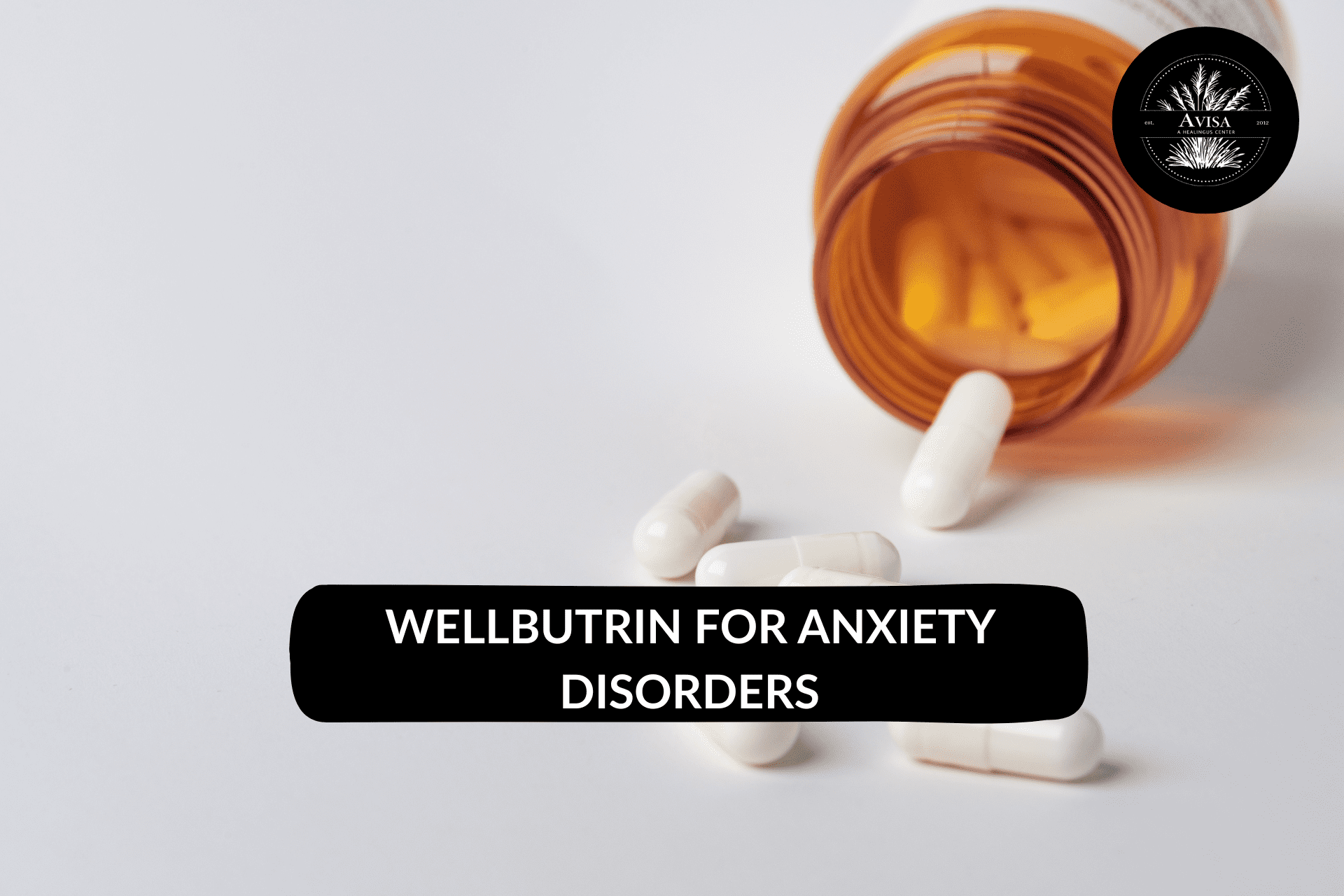In the realm of depression treatment, there’s no one-size-fits-all approach. Depression manifests differently in individuals, making each treatment plan unique. While some find relief through standard antidepressants and talk therapy on their first attempt, others undergo a trial-and-error process with various medications. Additionally, individuals are grappling with treatment-resistant depression, where conventional methods provide only temporary relief.
Fortunately, the landscape of mental health treatment is continually advancing, with researchers exploring alternative approaches to address depression symptoms for those who have exhausted multiple treatments without success. Alternative depression treatments, such as TMS therapy vs. ECT, involve modulating brain activity using electricity. Given that depression often involves reduced brain activity, these brain stimulation therapies aim to essentially “reset” the brain, leading to improvements in symptoms.
Tired of temporary relief from depression?
What is the Difference Between TMS Therapy vs. ECT?
Transcranial Magnetic Stimulation (TMS) is a non-invasive mental health procedure with minimal known side effects. While it is occasionally compared to Electroconvulsive Therapy (ECT), the two treatments i.e. TMS therapy vs. ECT differ in several aspects. Both utilize electrical stimulation to regulate neural activity in the brain, yet they offer distinct advantages and should be considered in different situations. Continue reading to explore the merits and drawbacks of each treatment, and discover how the more recently developed TMS addresses certain concerns associated with its predecessor, ECT.
What is TMS Therapy vs. ECT?
TMS Therapy vs. ECT, though sharing some similarities, exhibits notable differences. TMS is an outpatient procedure, conducted in a doctor’s office in under 30 minutes, with the patient remaining awake. On the other hand, ECT, typically administered in a hospital, involves sedation under anesthesia and may necessitate an inpatient stay.
| Electroconvulsive Therapy | Transcranial Magnetic Stimulation |
| Administers direct currents to the head to induce a therapeutic seizure. | Does not entail the application of direct electrical currents to the patient’s head. |
| Can lead to side effects such as headaches, muscle aches, nausea, etc. | Exhibits minimal side effects. |
| Employed for treating severe depression. | May be considered as an alternative if the patient does not respond positively to ECT. |
TMS in Nutshell
Transcranial Magnetic Stimulation (TMS), introduced in 1985, is a non-invasive therapy employing magnetic fields to modulate neural activity in specific brain regions associated with mental health conditions like major depressive disorder (MDD) and obsessive-compulsive disorder (OCD). Through repetitive magnetic pulses, TMS has demonstrated the ability to alleviate the frequency and severity of adverse symptoms in these conditions. Patients undergoing TMS treatment often report significant symptom reduction, with up to one in three people achieving full remission from treatment-resistant depression.

During a TMS session, patients wear a helmet, and magnetic pulses are directed at precise areas linked to mood control. The sensation is often described as a tapping on the head. Patients are advised to read or watch videos during sessions to boost positive vibes. A typical TMS regimen involves 20- to 30-minute sessions, five days a week for six weeks, followed by a tapering period of three sessions per week for an additional two weeks.
Transcranial Magnetic Stimulation (TMS) therapy is typically painless, although some individuals may report a subtle tapping or knocking sensation during the administration of magnetic pulses. Each TMS session lasts around 40 minutes, and the process does not require anesthesia. Many patients describe the experience as relaxing, often choosing to listen to music or even doze off.
Presently, there exist two types of Transcranial Magnetic Stimulation (TMS) in the market: traditional TMS and Deep TMS.
Traditional TMS
Introduced in 1985, traditional TMS, also known as rTMS, employs a handheld device to emit electromagnetic fields and has received FDA clearance for treating depression, migraines, and obsessive-compulsive disorder (OCD).
Deep TMS
In contrast, the more advanced Deep TMS, available since 2013, addresses various mental health and neurological conditions. Utilizing a cushioned helmet with patented H-Coil technology, Deep TMS distinguishes itself by concurrently reaching broader areas of the brain and directly regulating deeper brain structures. This design overcomes limitations associated with traditional TMS, such as target issues that might cause the device to miss critical brain structures. FDA-cleared for the treatment of depression, OCD, and smoking cessation, Deep TMS represents a technological evolution in TMS therapy with enhanced precision and efficacy.
What Are the Side Effects of TMS?
The most common side effect of TMS is a temporary mild headache that appears during the session and shortly afterward. Many patients report that this headache usually disappears within the first few weeks of treatment. Other common side effects include: Headache Facial twitching Tingling on the scalp Risk of Seizures Seizures with TMS are extremely rare, with only 0.1% of patients reported to experience them. In some cases, no seizures have been reported at all. Overall, TMS has a very low risk of causing side effects. Mild headaches and temporary scalp discomfort are the most common side effects, and usually resolve shortly after treatment.
TMS: Who is this Treatment For?
Transcranial magnetic stimulation, or TMS, is effective at reducing symptoms associated with a variety of mental health conditions in a wide variety of people and cases. Its effectiveness extends to people who are new to mental health issues and those who are resistant to other treatments. TMS can also be a useful tool for people who are working on their mental health and are looking for an alternative treatment to psychotherapy or medications. In addition, TMS is safe and effective for people who find ECT (electroconvulsive therapy) to be too harsh for them.
Transcranial magnetic stimulation, or TMS, is effective at reducing symptoms associated with a variety of mental health conditions in a wide variety of people and cases. Its effectiveness extends to people who are new to mental health issues and those who are resistant to other treatments. TMS can also be a useful tool for people who are working on their own mental health and are looking for an alternative treatment to psychotherapy or medications. In addition, TMS is safe and effective for people who find ECT (electroconvulsive therapy) to be too harsh for them.
ECT in Nutshell
In contrast to TMS therapy vs. ECT, Electroconvulsive Therapy (ECT) is a medical device treatment designed to induce a brief set of seizures to stimulate the brain and influence its neural functioning. Originally employed for treating schizophrenia, ECT’s effectiveness in managing mood disorders, particularly depression, became more evident during the 1960s-‘80s. Consequently, it is now primarily utilized for addressing depression.

The procedure involves the sedation of the patient, followed by the placement of electrodes on the scalp to administer an electric current, inducing a controlled seizure. ECT quickly relieves depression and manic symptoms in people dealing with mood disorders. When comparing TMS Therapy and ECT, it’s important to note that patients undergoing ECT treatment require hospital admission and remain sedated throughout the procedure. Post-treatment, individuals receiving a series of ECT sessions are advised against activities like driving, returning to work, or making important decisions for up to two weeks. Maintenance treatments may require a shorter recovery period, typically 24 hours.
What Are the Side Effects of ECT?
Following Electroconvulsive Therapy (ECT), patients may experience immediate discomfort such as nausea, headaches, jaw pain, and muscle aches. The potential for confusion post-treatment varies, lasting from a few minutes to hours, with rare cases, especially in older adults, where confusion persists for several days. Memory loss, identified as retrograde amnesia, is another risk associated with ECT, typically affecting the recollection of events in the months or weeks leading up to treatment. While memory issues often improve within months to years, rare cases involve a more extended loss covering years.
Additionally, ECT poses risks to heart and blood pressure, potentially leading to complications. Anesthesia used in the procedure introduces further considerations, particularly for older patients or those with specific health conditions such as sleep apnea, a history of seizures, heart conditions, lung conditions, diabetes, obesity, and alcoholism. Potential complications from anesthesia encompass heart attack, pneumonia, stroke, and, in extremely rare instances, death. Anesthesia-related side effects, including temporary confusion, memory loss, dizziness, difficulty urinating, nausea, vomiting, shivering, and feeling cold, are generally short-lived.
ECT: Who is this Treatment For?
Electroconvulsive Therapy (ECT) is often suggested for severe depression because it is highly effective in treating profound depressive symptoms. Furthermore, if we talk about TMS Therapy vs. ECT, ECT is recommended in situations where traditional, first-line treatments, such as medications, like selective serotonin reuptake inhibitors (SSRIs) or psychodynamic therapy, have proven ineffective in providing relief for the associated conditions. This underscores ECT’s role as a valuable therapeutic alternative for individuals facing severe depression, especially when other standard interventions fall short of achieving the desired outcomes.
Similarities Between TMS Therapy Vs. ECT
TMS therapy vs. ECT shares some similarities in that they are both therapeutic interventions for mental health. Both treatments are effective in addressing certain psychiatric conditions, such as depression.
Brain Stimulation:
- Both TMS therapy and ECT involve brain stimulation as part of their therapeutic approach.
Treatment for Mood Disorders:
- They are frequently employed to address treatment-resistant depression and other mood disorders.
- Both treatments enhance the activity of crucial brain cells, promoting growth and development.
- They also increase the production of key brain chemicals influencing mood, positively impacting mental health.
Insurance Coverage:
- Most insurance plans cover both TMS and ECT treatments.
However, it’s crucial to recognize that despite these similarities, TMS Therapy vs. ECT exhibits fundamental differences in their procedures and application.
TMS Therapy vs. ECT: Key Differences
To summarize, TMS Therapy vs. ECT stands as distinct choices for depression treatment. TMS therapy utilizes magnetic fields to stimulate brain nerve cells, offering a non-invasive, safe, and effective option with minimal side effects and no need for anesthesia or sedation. In contrast, ECT involves passing electrical currents through the brain, presenting a more invasive treatment with heightened side effects requiring anesthesia.
TMS therapy vs. ECT emerges as a promising and contemporary solution for depression, demonstrating high efficacy rates and serving as a popular alternative to traditional antidepressant medication. Studies indicate significant relief in 83% of TMS patients, with 62% achieving full remission. TMS is often the initial choice for treating depression, and ECT is usually considered a last resort. ECT is employed after exploring other options, and considering concerns about risks and limitations.
TMS Therapy vs. ECT: Which is best for you?
Both TMS Therapy vs. ECT can be effective in addressing depression symptoms for individuals who have not found relief through standard treatments. However, since they are entirely different approaches, several factors should be considered when comparing them:
- Success Rates/Patient Responses: A study indicated that ECT was slightly more effective than TMS, but patient preference leaned towards TMS.
- Side Effects: Patients undergoing ECT reported more significant and longer-lasting side effects, while those receiving TMS experienced minor and short-lived effects.
- Treatment Specifics: ECT involves general anesthesia and may require a hospital stay, whereas TMS is more adaptable to a person’s daily schedule.
- Cost: Generally, ECT tends to be more expensive than TMS, although insurance coverage may apply to both.
- Patient Medical History: Individual health considerations, such as having a pacemaker, may impact the suitability of TMS.
When deciding between TMS Therapy Vs. ECT, it’s crucial to discuss questions and concerns with a trusted mental health practitioner to ensure an informed choice based on individual needs and circumstances.
Side Effects of TMS Therapy vs. ECT
When considering the potential side effects of treatments directly impacting the brain, there are notable distinctions between TMS Therapy vs. ECT with variations in severity. TMS Therapy vs. ECT, with variations in severity. ECT, often associated with more common and intense side effects, can result in post-treatment confusion lasting several hours, short-term memory loss covering events in the months leading up to the treatment, as well as feelings of illness, nausea, headaches, jaw aches, and muscle aches.

It’s crucial to recognize that ECT places significant stress on the cardiovascular system, potentially causing blood pressure changes, which may not be suitable for individuals with diagnosed heart disease. Rare but serious side effects of ECT encompass adverse reactions to anesthesia, increased blood pressure, hyper and hypotension, alterations in heart rhythm, persistent heart issues, and seizures lasting longer than anticipated, with a reported 1 in 50,000 mortality rate.
In contrast to TMS therapy vs. ECT, TMS presents a comparatively milder side effect profile. Utilizing magnetic impulses rather than electrical currents, TMS aims to stimulate the brain without inducing seizures. Common side effects include mild headaches, skin discomfort at the electromagnetic pad site, muscle tingling or spasms in the face, and feelings of lightheadedness or dizziness. Notably, these minor side effects tend to diminish after a few sessions. While rare, some individuals may experience side effects such as seizures, mania (particularly in those diagnosed with bipolar disorder), and hearing loss, the latter only if adequate ear protection is not provided during treatment. Overall, the contrast in side effects emphasizes TMS’s relative ease compared to the more intensive and frequent effects associated with ECT.
Tired of fighting addiction and mental health struggles?
Ignoring both deepens the struggle. Our holistic approach—detox, therapy, and medication-assisted treatment—can help you heal. Take the first step today.
Frequently Asked Questions: TMS Therapy vs. ECT
How is TMS different from ECT?
The therapy entails administering concentrated bursts of a magnetic field to the left prefrontal cortex instead of utilizing an electric shock. Unlike Electroconvulsive Therapy (ECT), this treatment does not necessitate anesthesia or sedation. We use a special machine that delivers through a magnetic head instead of electrodes.
Will ECT work if TMS fails?
ECT has demonstrated its effectiveness in treating depression, making it a viable option for individuals who do not achieve success with TMS.
Why choose TMS therapy vs. ECT?
Due to the invasive nature and associated risks of Electroconvulsive Therapy (ECT), patients typically need to temporarily suspend work and psychotherapy, often requiring the assistance of caregivers or hospitalization. In contrast, Transcranial Magnetic Stimulation (TMS) does not entail the direct application of electrical currents to the patient’s head.
Which is less risky, ECT vs TMS?
Unlike Electroconvulsive Therapy (ECT), Transcranial Magnetic Stimulation (TMS) does not trigger seizures, necessitate anesthesia, or involve hospitalization. This makes TMS a less risky and more patient-friendly alternative.
What is the first line of ECT treatment?
Electroconvulsive Therapy (ECT) is a preferred option for treating severe conditions like major depression, acute mania, mood disorders with psychotic features, and catatonia.
Conclusion
The choice between TMS Therapy vs. ECT for treating depression involves a careful consideration of various factors. TMS offers a safer and less invasive option, proving beneficial for those seeking relief with minimal side effects. While more affordable and covered by insurance, TMS may require a more extended treatment course. On the other hand, when comparing TMS therapy vs. ECT, ECT stands out as a more potent and quicker solution for severe cases, but it comes with a higher cost, more side effects, and the need for general anesthesia. The inconvenience of transportation during ECT, with a reliance on others due to post-treatment effects on coordination and response time, adds a layer of consideration. In the end, choose what feels right for you, considering your preferences and treatment goals. It’s important to talk to healthcare professionals to find the best way to deal with the challenges of depression.
At Avisa, we aim to offer comprehensive and efficient care that caters to the intricate nature of mental health and substance use disorders. We’re committed to helping people achieve lasting recovery and a better quality of life. As a unified community of Medical and Clinical experts, our program constantly adapts to integrate new research and evidence-based practices. Participants in our program receive personalized treatment plans encompassing various therapeutic approaches. Our holistic treatment plan focuses on addressing the complete well-being of individuals, including emotional, mental, physical, and spiritual needs. We’re dedicated to making sure everyone gets top-notch care. That’s why Avisa actively finds and addresses barriers that stop marginalized communities from getting the care they deserve. We invite you to join us on your journey to healing.











